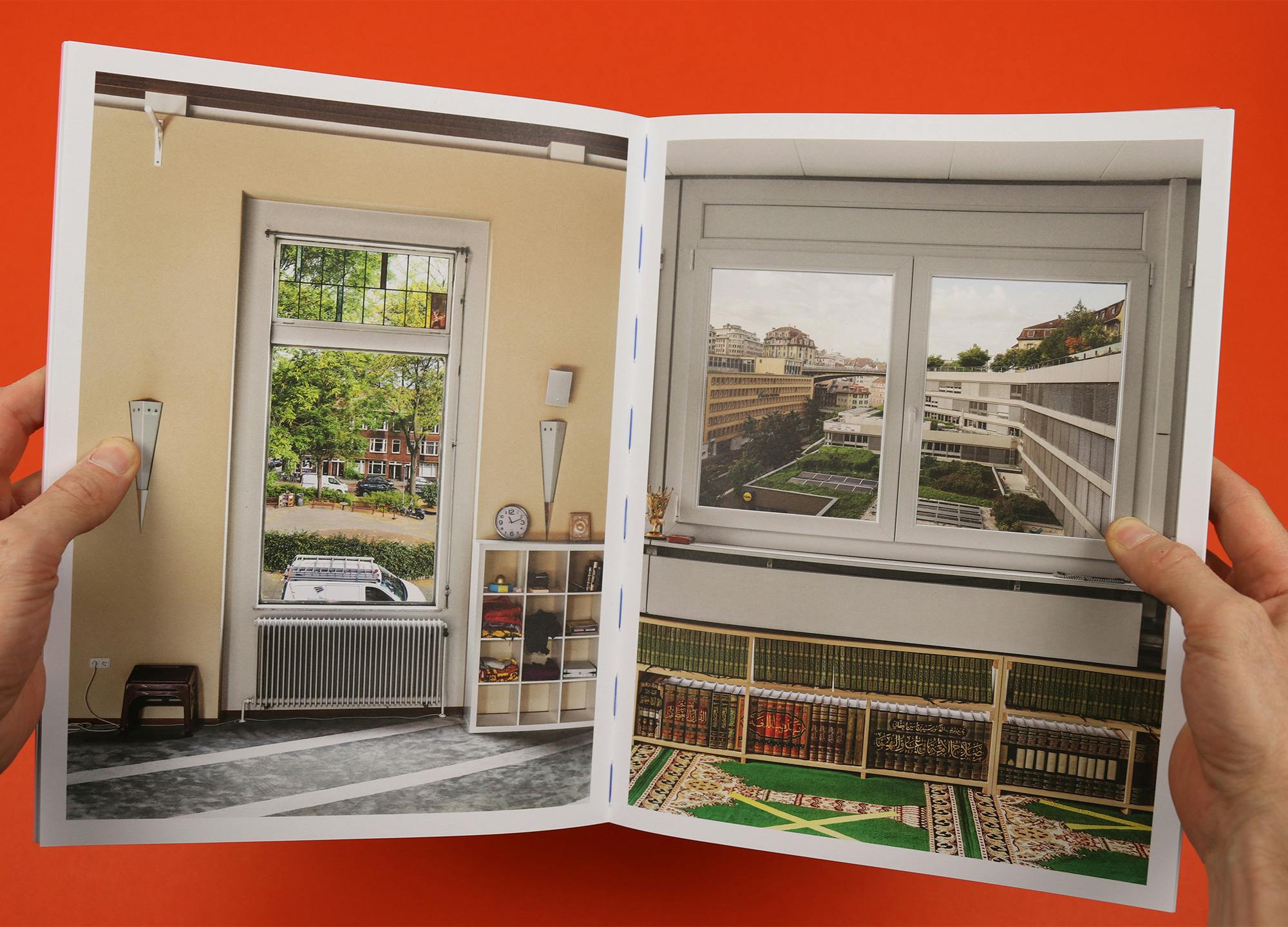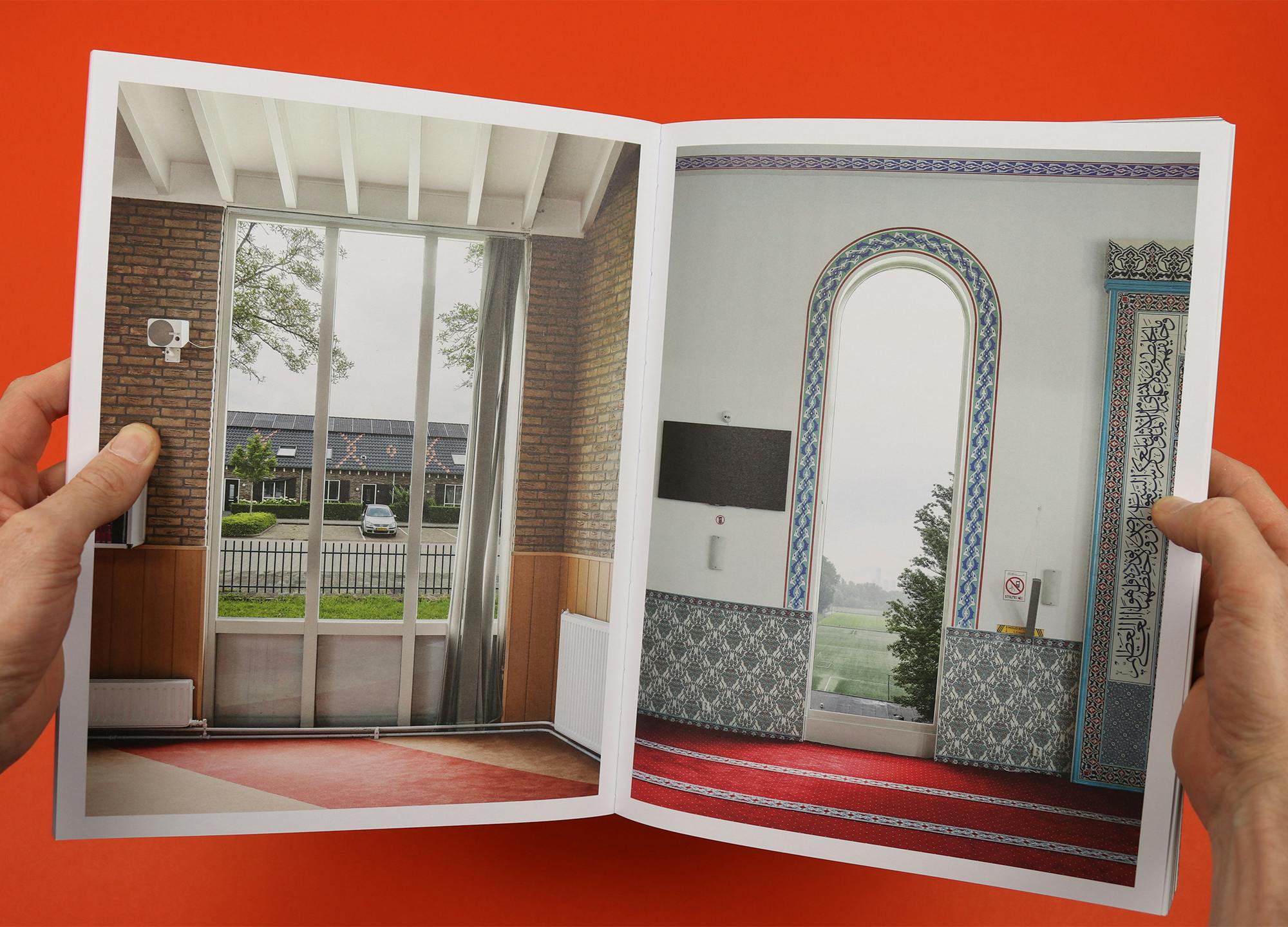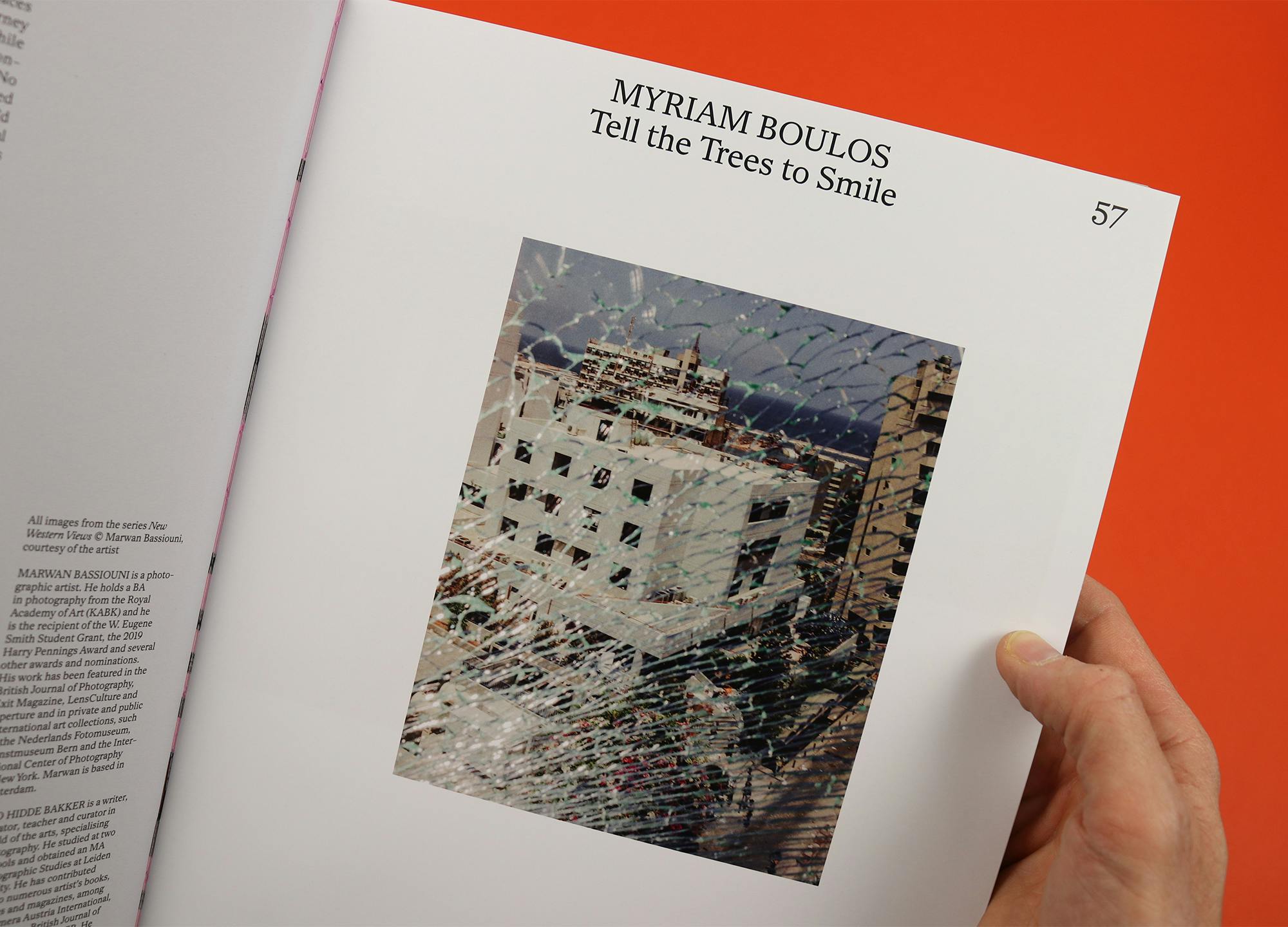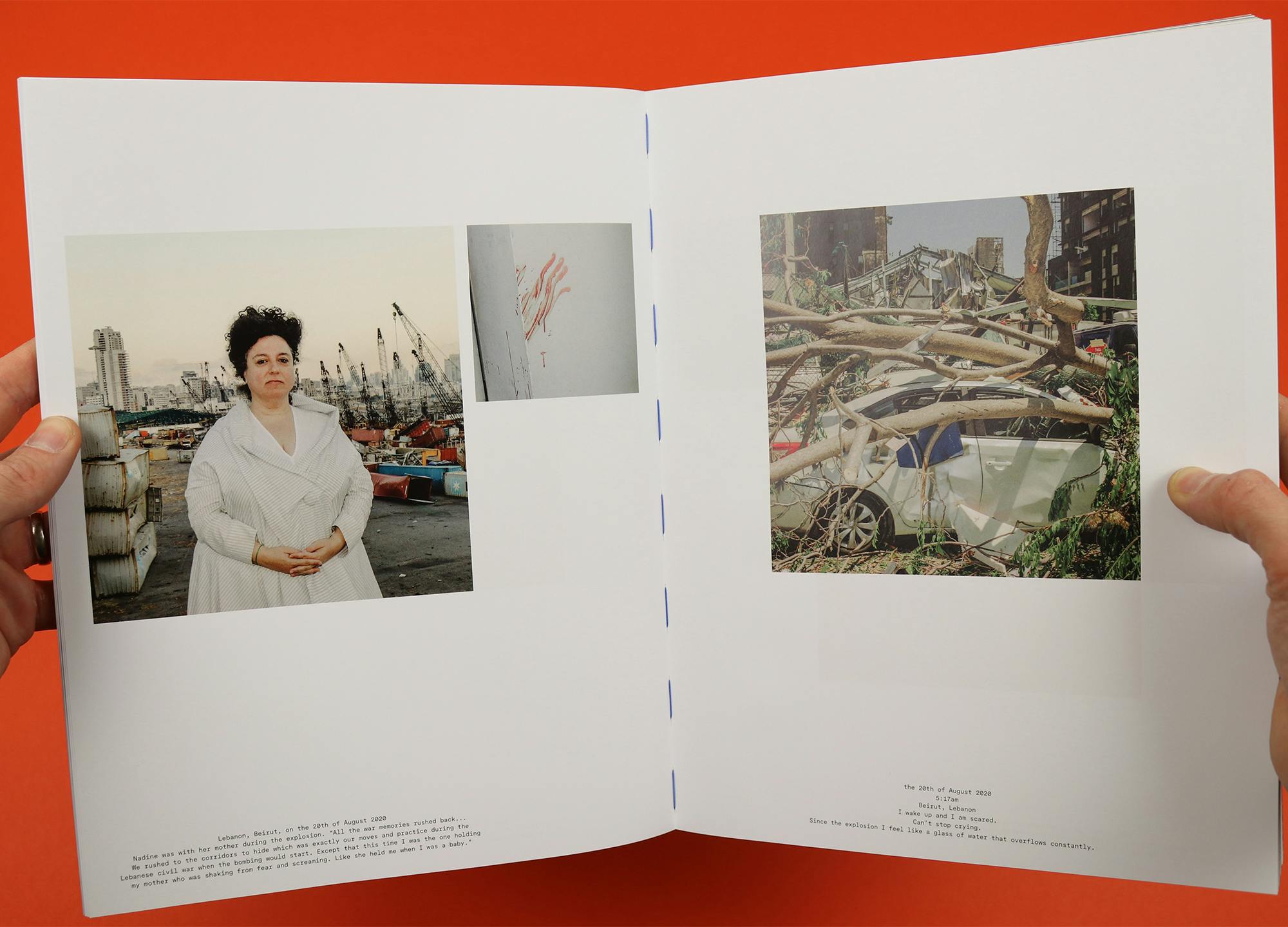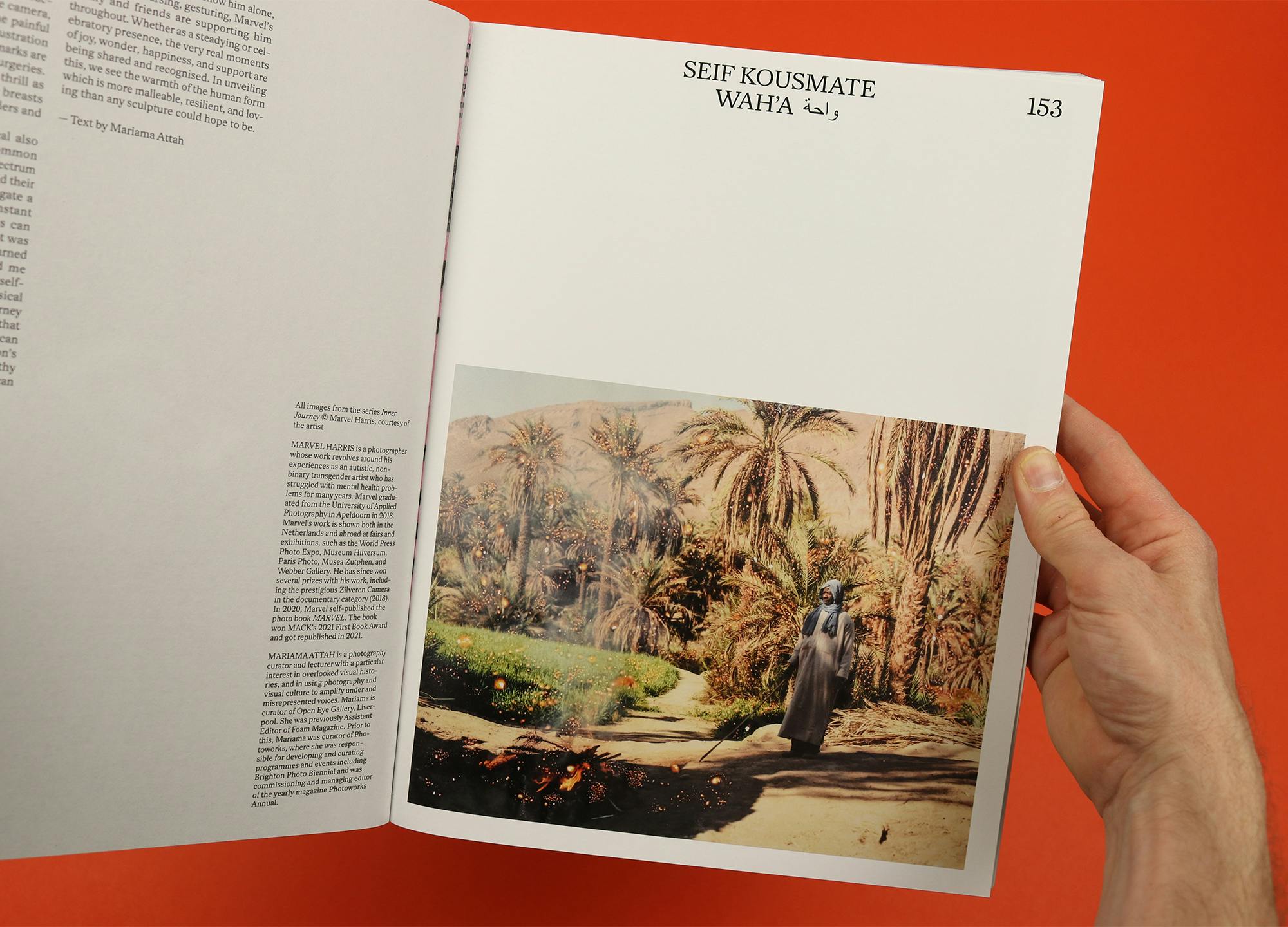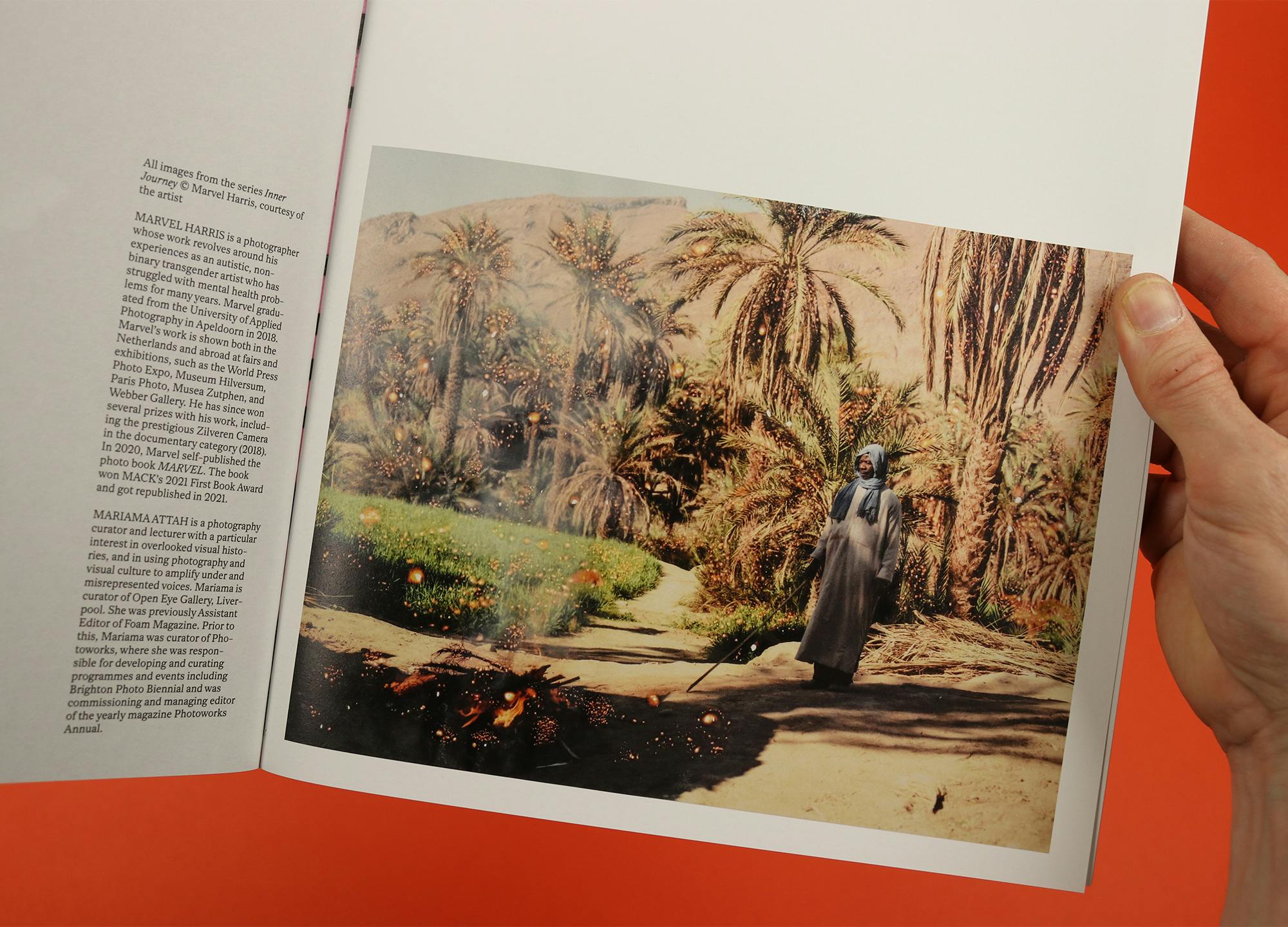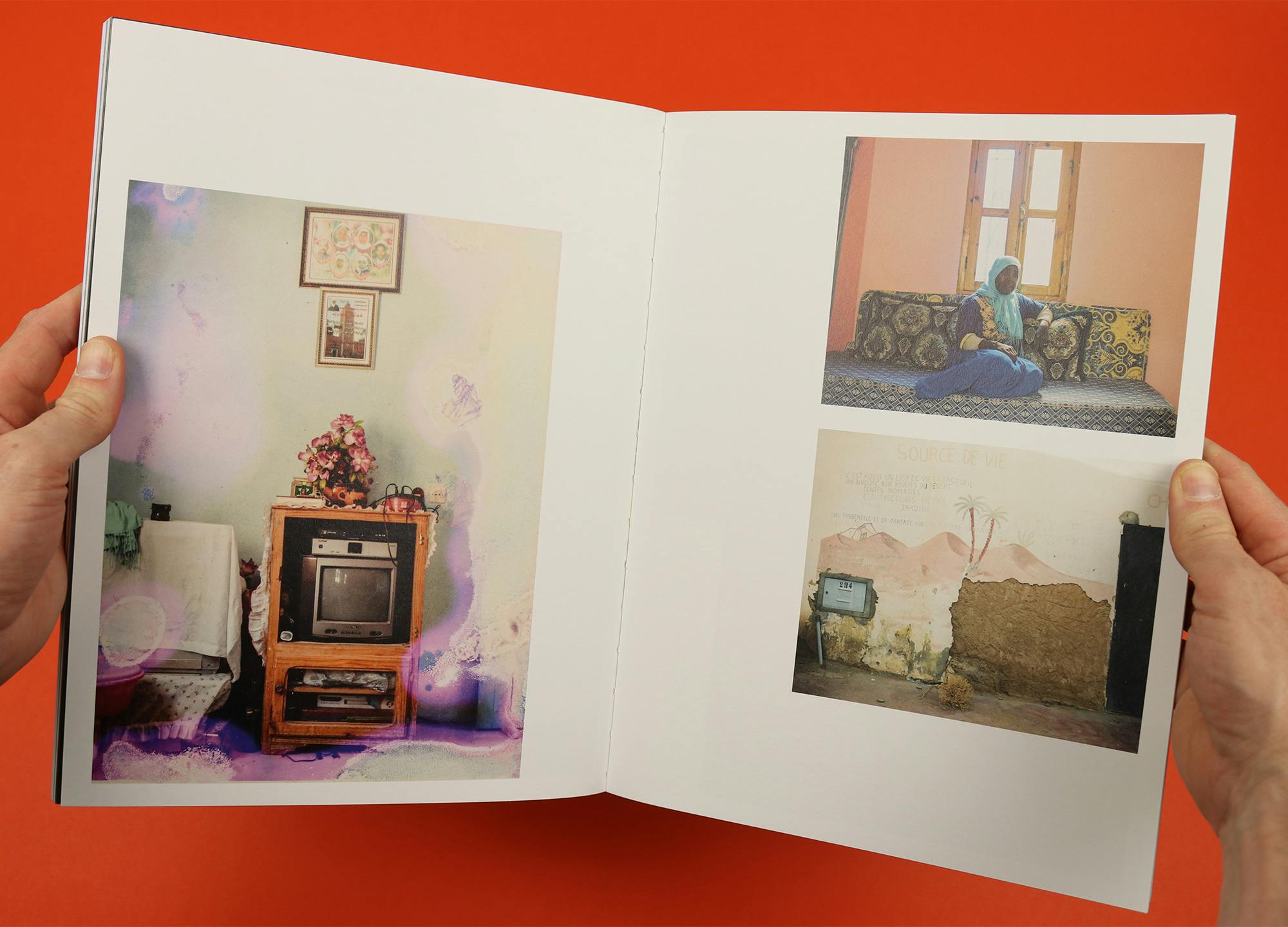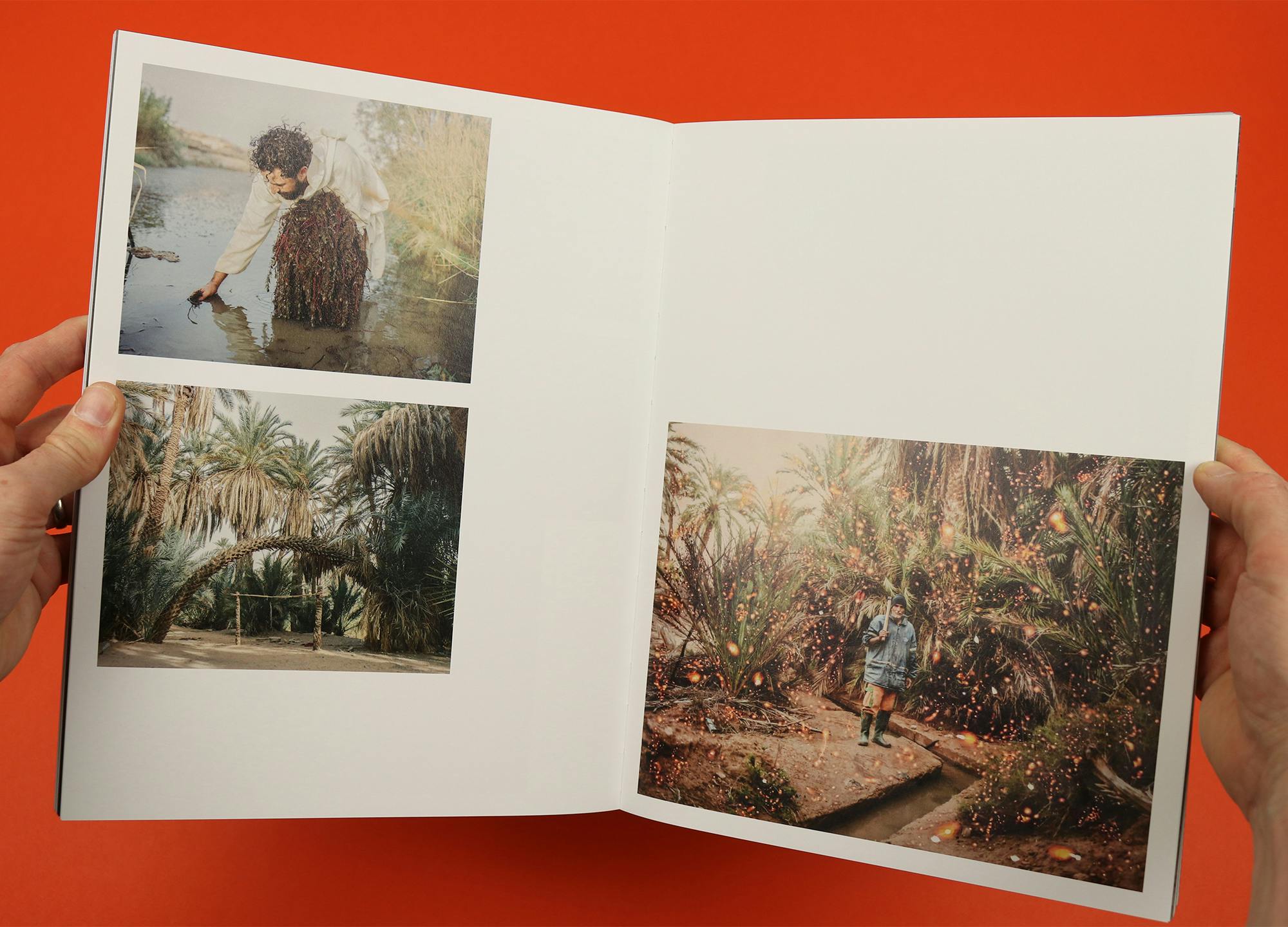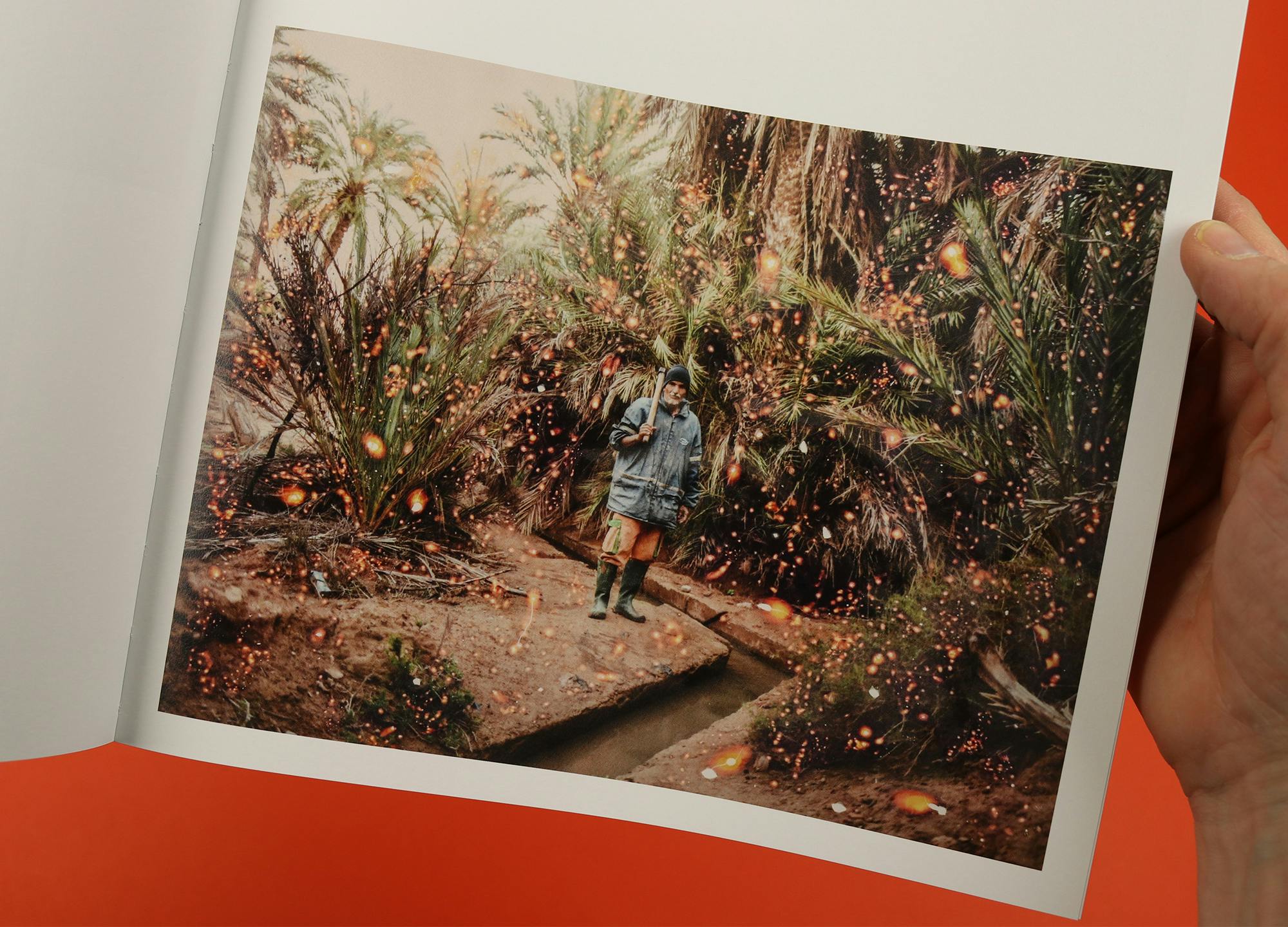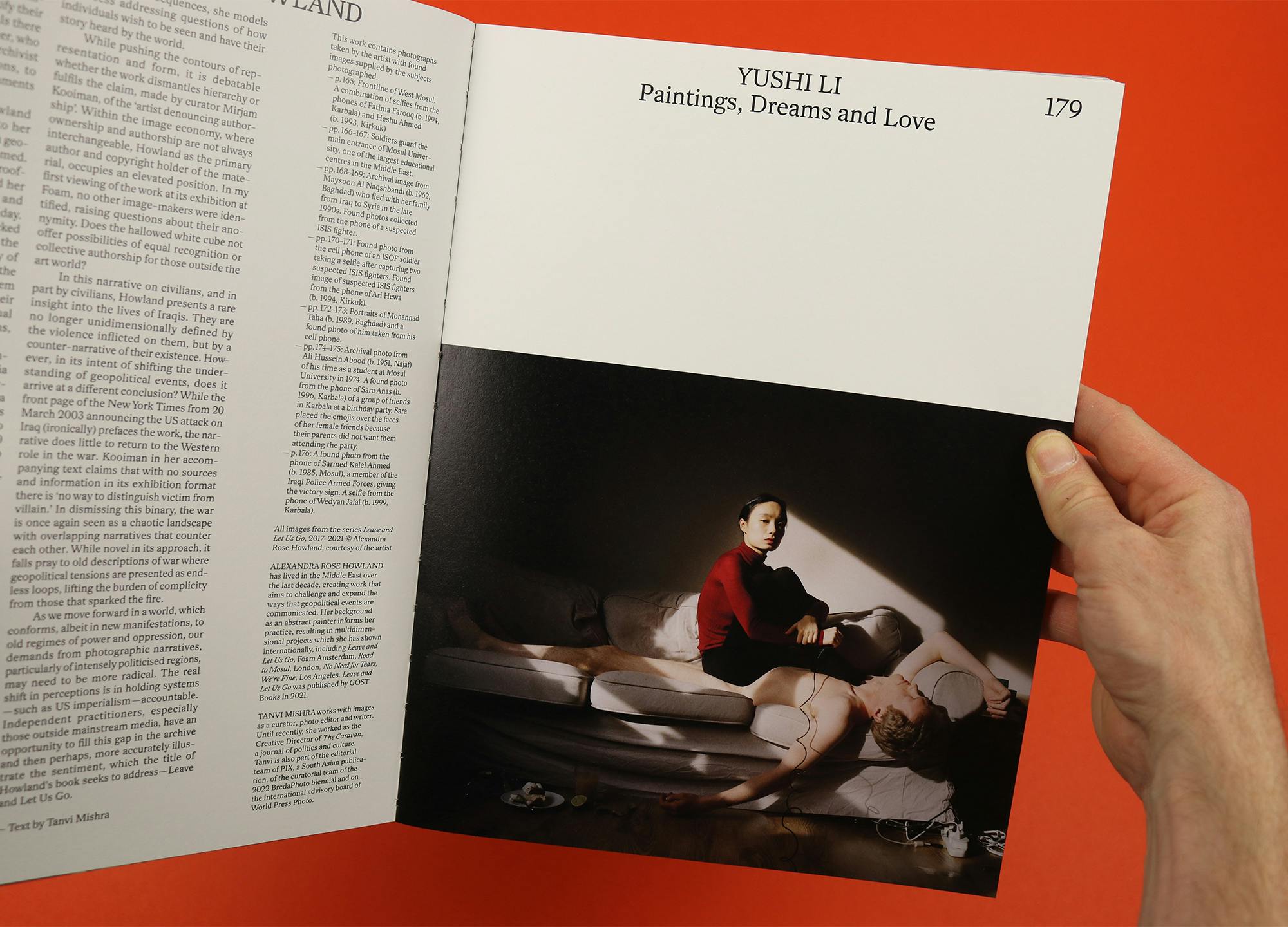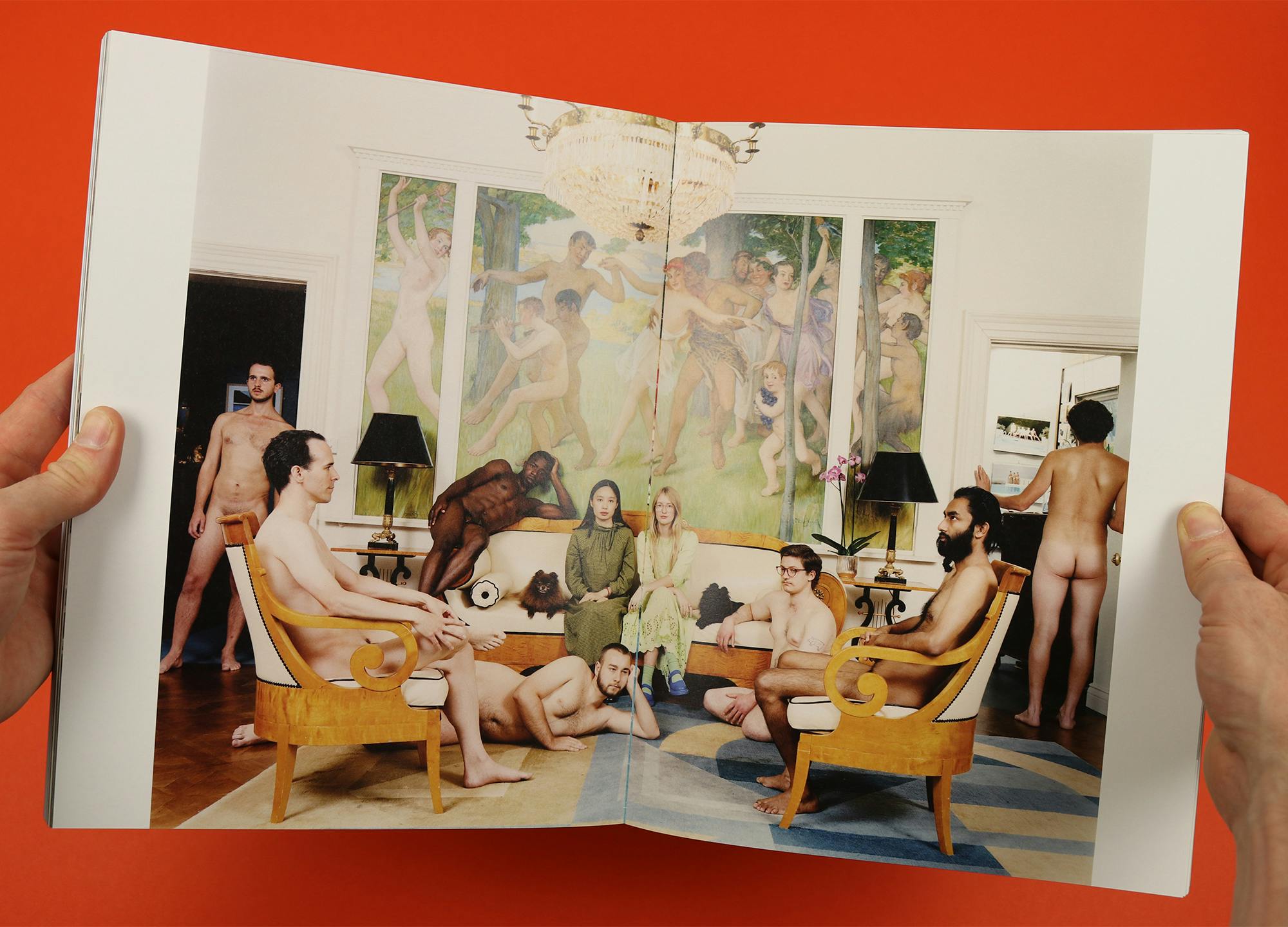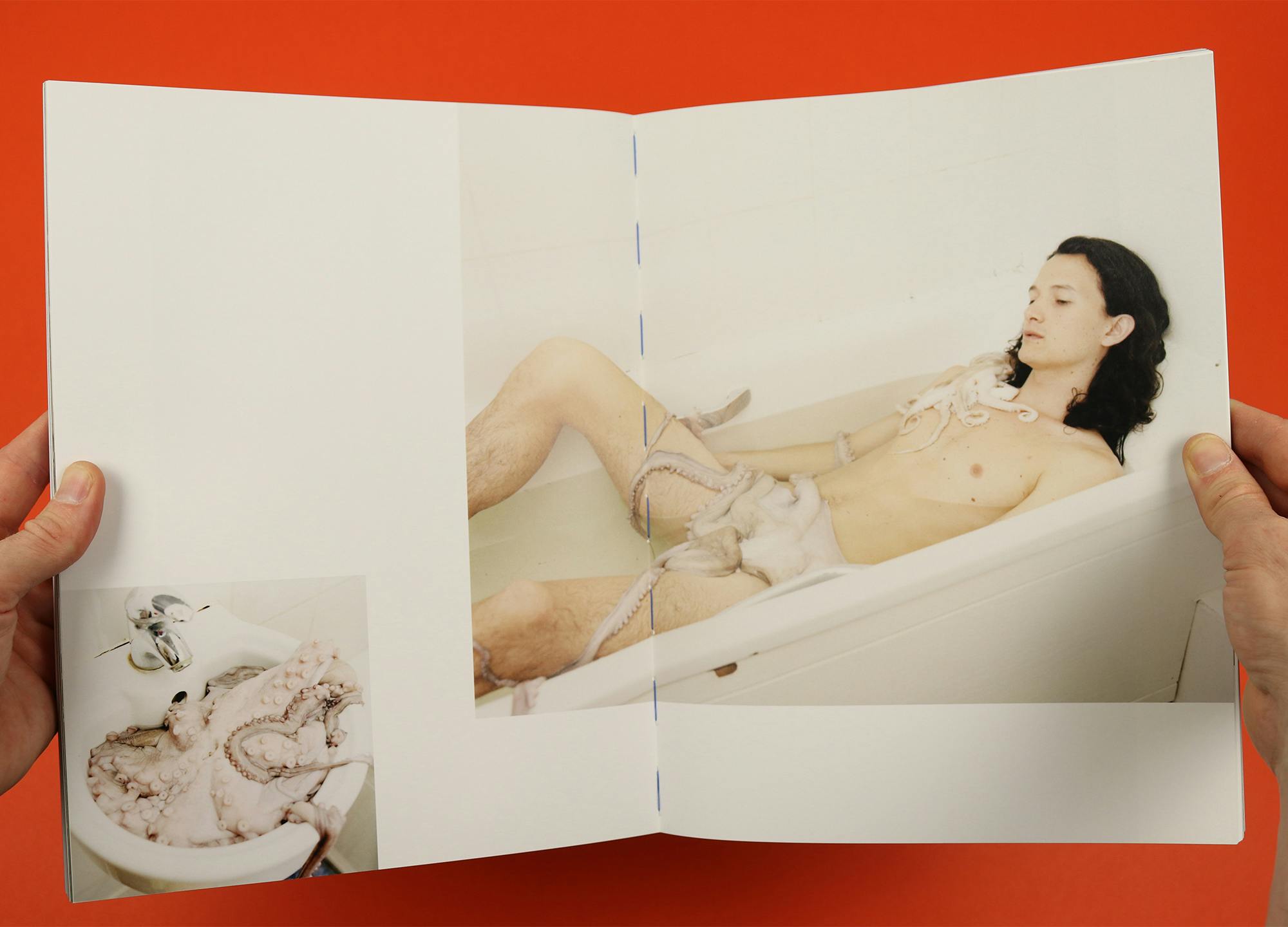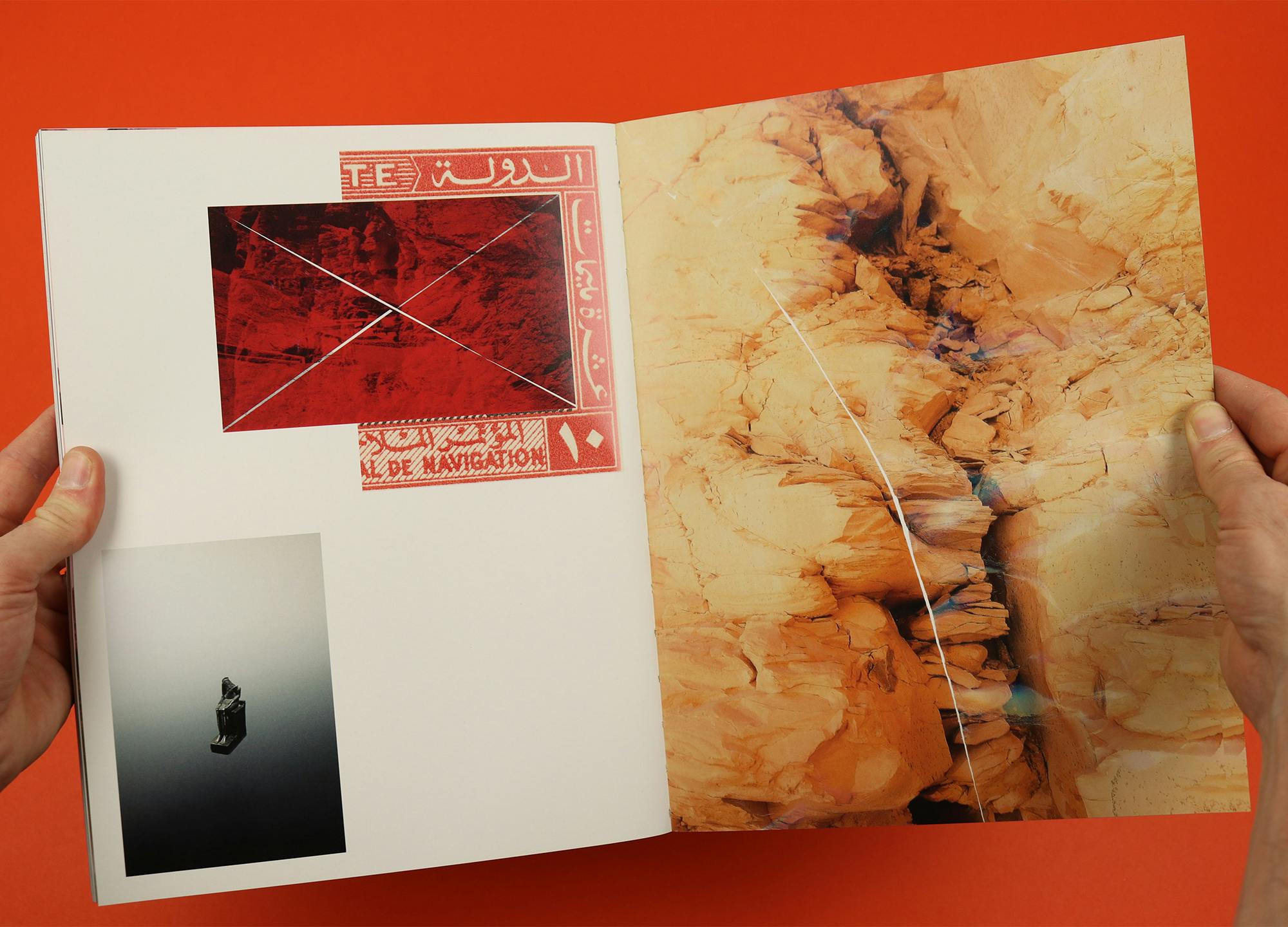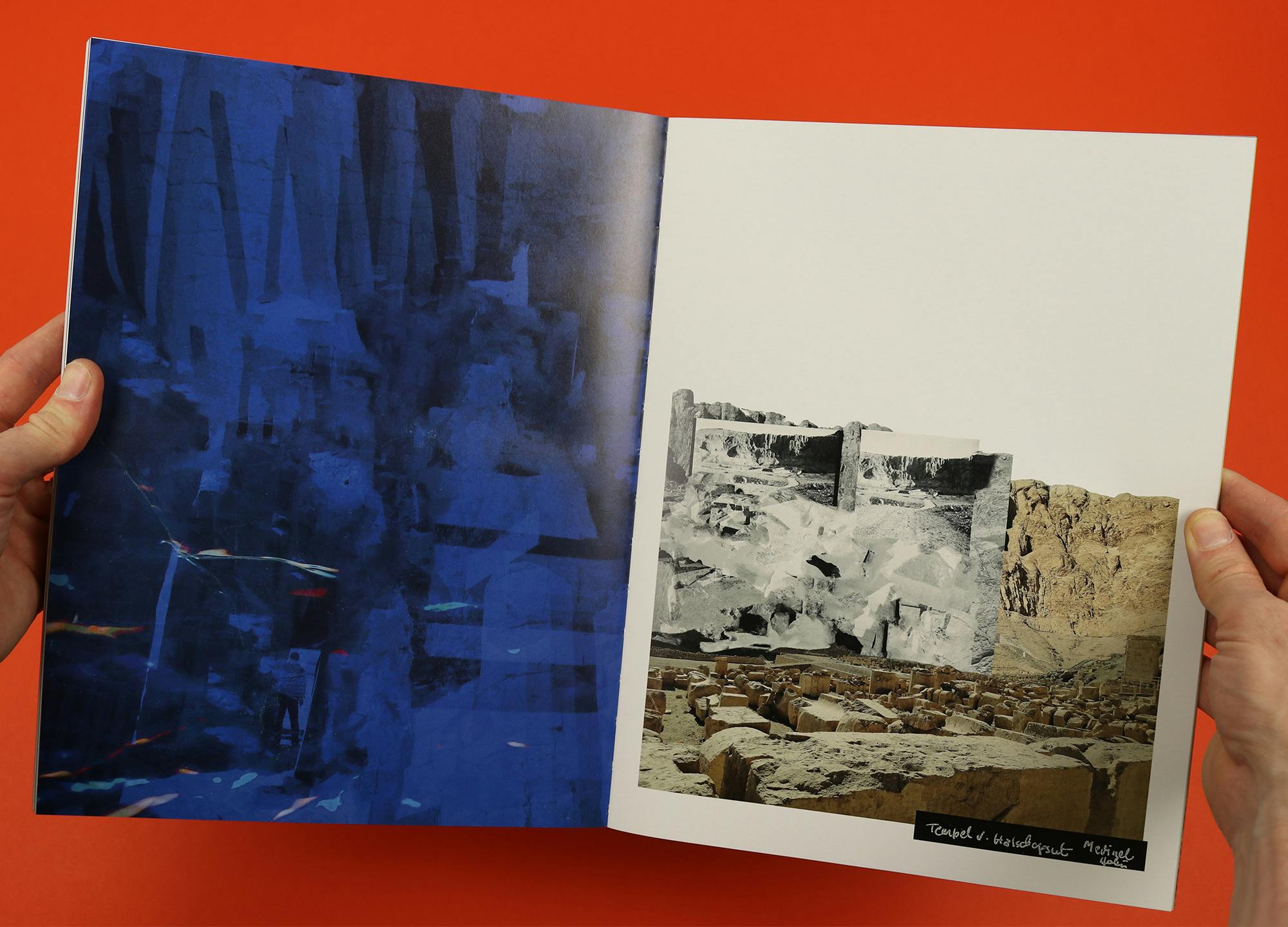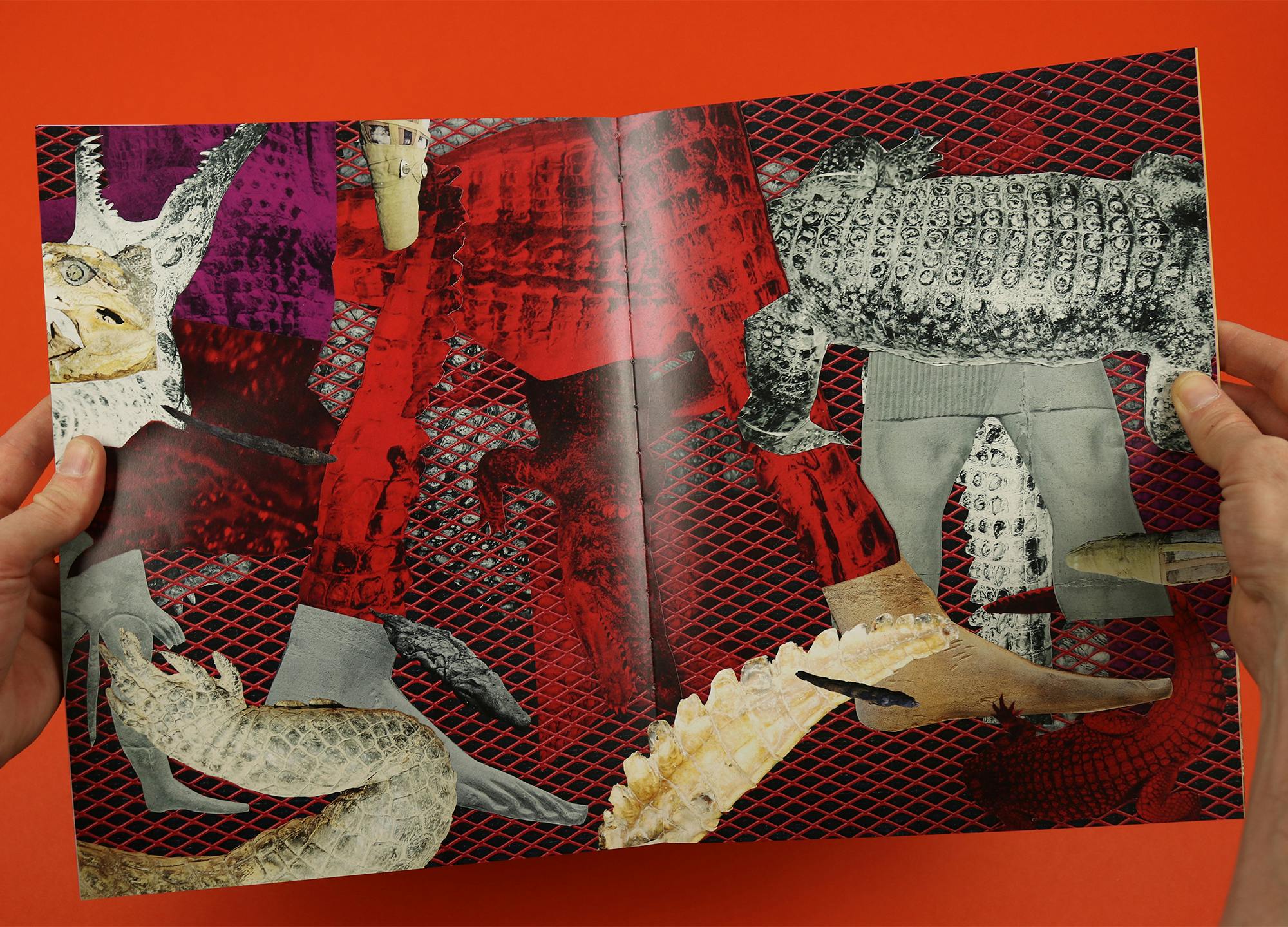New photo talent in Foam
The new issue of Foam is the 2022 Talent Issue, showcasing photographers, “on the springboard of their careers”. A record 1,938 submissions were whittled down to 20 featured photographers, and it’s a brilliantly exciting and varied selection. I’ve chosen just five to show below, but it’s well worth picking this one up to see the full spectrum of work selected.
The issue kicks off with a conversation between Foam Museum’s curator of the Talent programme, Mirelva Berghout, and newly appointed artistic director Jane’a Johnson, and they use the space to explain how the annual search fits into their wider mission. Jane’a explains that she came to the job from academia, and she brings a teacher’s ethos to the idea of searching out ‘Talent’:
“When I think about Talent, I think of it not just as a kind of curation or a selection of something that pre-exists, but really something which you can nurture, which you should support, and almost also something that can be taught. Sort of getting away from Talent as this idea of inborn. I see it as this really wonderful thing that chooses what’s out there, but also something which is not just about the fully formed.”
The projects below range far and wide, from documentary to portraiture to collage and beyond, reflecting this ambition to encourage and promote an even broader pool of talent that hasn’t been picked up yet, and making for an absorbing and inspiring magazine.
Marwan Bassiouni — New Western Views
This project began as New Dutch Views, with Marwan Bassiouni setting his camera up inside mosques across the Netherlands and shooting the view out of the window. He has since added mosques in Switzerland and England, and the effect remains the same each time, providing a view of European landscapes seen from a perspective that the most Europeans will never have encountered before. Shooting the room and the view separately, he’s able to ensure that both are presented in sharp focus, encouraging the viewer to reconsider the way they see these otherwise unremarkable landscapes.
Myriam Boulos — Tell the Trees to Smile
Shot in the wake of the explosion that destroyed a large part of Beirut on 4th August 2020, Myriam Boulos’s documentary photography shows the pain and destruction she witnessed, but also the defiance and resolve of people left to literally pick up the pieces of their lives. She also gives voice to her subjects by including captions along with the images, quoting their responses to the terrible tragedy of the accident and the political breakdown that allowed it to happen.
Seif Kousmate — Wah’a
The centuries-old oases of the Sahara’s Maghreb region are shrinking, and in Wah’a (which means ‘oasis’ in Arabic), Seif Kousmate aims to present the oases in a striking new way that will inspire viewers to take action and help to reverse the climate changes that are threatening them. Emphasising the fragility and precarity of the oases, he manipulates the images, for example using a jeweller’s torch to ‘burn’ holes in his pictures, or washing them with acid to destroy their colours – a clear warning that these places will also be destroyed without drastic action.
Paintings, Dreams and Love — Yushi Li and Steph Wilson
Contemporary ideas of masculinity, desire and eroticism take centre stage in Yushi Li’s photography, which sees naked men presented as the subjects of her female gaze. There’s something both challenging and comical to her images, which go beyond simply reversing traditional gender roles and invite the viewer to think again about desire. Some of the images featured were the result of a collaboration with Steph Wilson, who was inspired by seeing Yushi’s work, and the two women set about making a series of images in which they appear clothed, surrounded by the naked men.
Woman, Who Would be King — Donja Nasseri
The collaged images in Donja Nasseri’s Woman, Who Would be King, create a picture of Hatshepsut, the second historically confirmed female pharaoh, who took the Egyptian throne around 1473 BC. Drawing on ideas from sociology, semiotics and psychoanalysis, she develops a figure of an androgynous pharaoh, resisting modern western ideas and tracing a model of feminism for non-western cultures – one appropriate for a political system that favoured dictatorship over democracy, and a woman over a male dictator.

